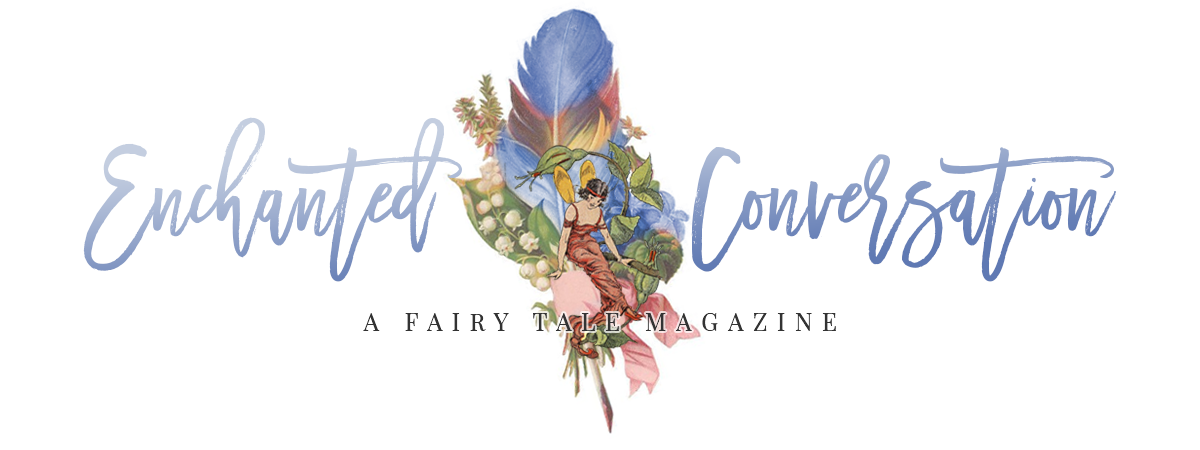In academic circles, the Jungian theory of a universal unconsciousness is no longer in vogue. But human experience—moods and rituals, rites of passage, a curiosity for the unknown—is just that, characteristic of humanity. As such, it will continue to affect our lives, whether we are discussing it in academia or not.
Birth, death, love, fear, forgiveness, acceptance . . . these general abstractions are perhaps alone ineffective in capturing our scholarly interest, let alone the imagination. But infuse them into a fairy tale, and we have a living, breathing story indeed. The fairy tale provides concrete objects to embody life’s mercies, cruelties, and miracles.
That is not to say that fairy tales are mere allegory. Perhaps this one-sided interpretation carries some blame for people’s frustration in“telling the same story over and over again.” If a tower is always a phallic symbol and the maiden either imprisoned or protected from the masculine, we rob the tower of its first childhood impression. That of something tall, stone, unreachable. Something enchanted, according to that which makes up its very definition. And from there—who knows what it could be?
Fairy tales are universal; they are also deeply personal. The flavor of a tale is informed by the culture, religion, race, and geographic location of the person or people from which it arises. An immeasurable but large part of the magic of fairy tales is in their details.
So we have a specific tree—a juniper tree; three dresses, celestial yes, but made from moon, sun, and stars; an enchanted polar bear, snow-white and native; and a circle drawn in chalk to keep away the devil (somehow, we know a circle drawn of coal just wouldn’t do). These are the objects of earth and the everyday. They are ordinary and yet extraordinary.
While fairy tales are not born in a vacuum, and are no doubt informed by political, economic, and religious circumstances, they transcend them as well. To hold them hostage in the realm of thought is much like addressing a person’s physical needs and ignoring the rest of him. In typical paradoxical fairy tale fashion, the ideas are its flesh; the things are its soul. Because a glass shoe is not a symbol of female repression or a social-class stereotype. It is not even the embodiment of a cinder-girl’s pain or her shining redemption. It is a glass shoe. And because it is this and none of these things it transcends and contains all of them.
 |
| "The Juniper Tree, by Warwick Goble |





